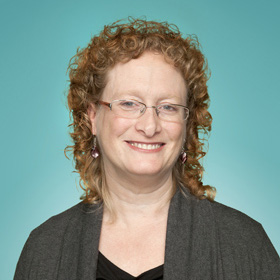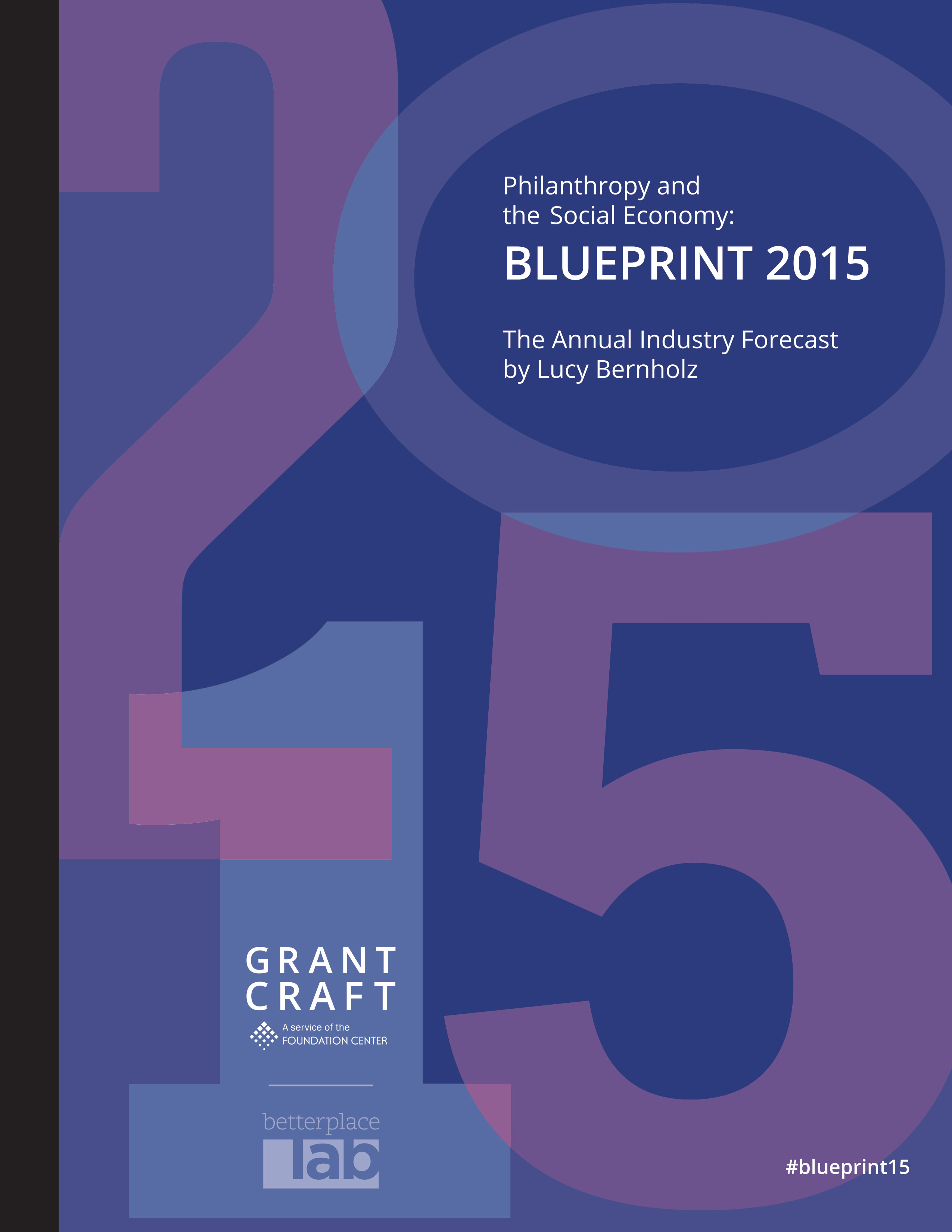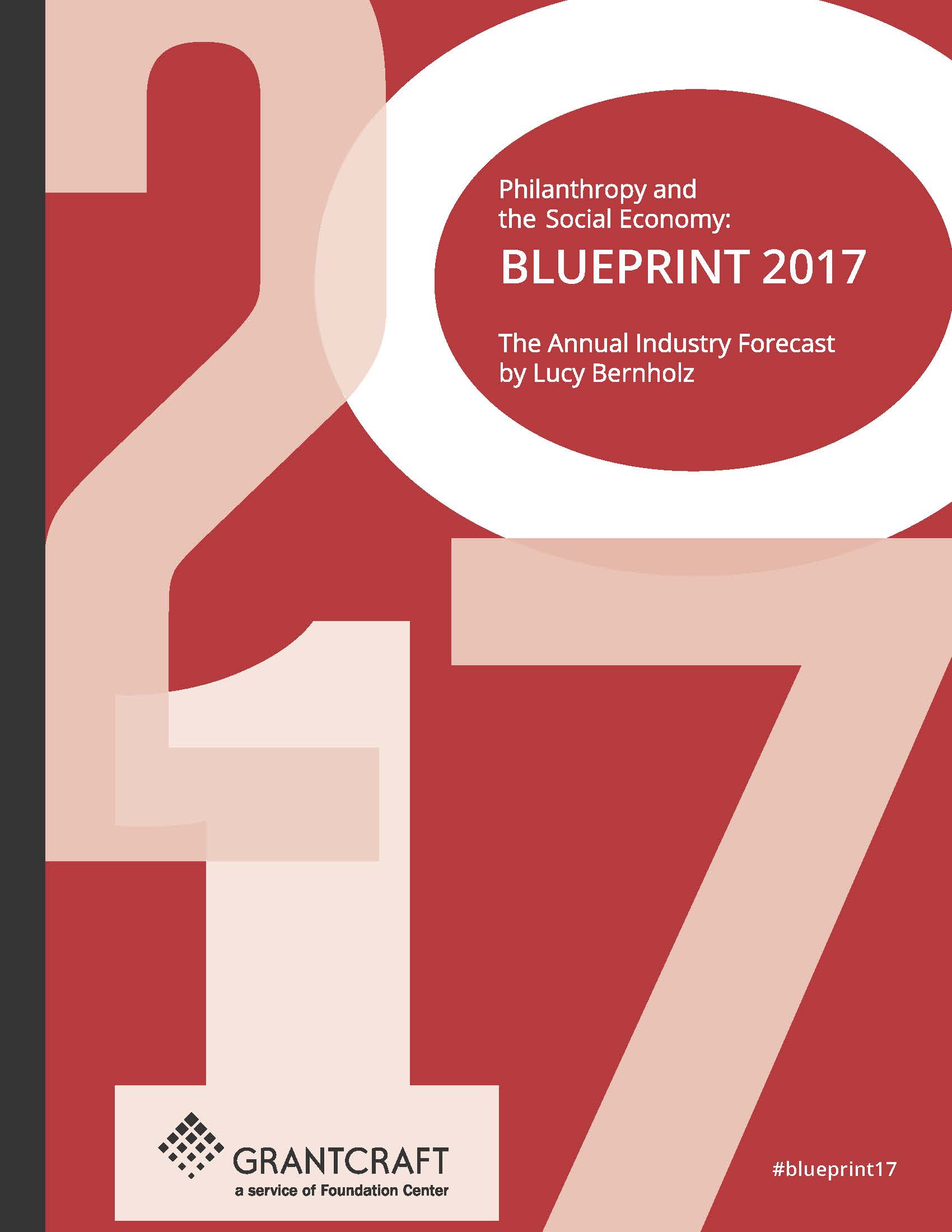Funder’s Forum: The Geraldine R. Dodge Foundation A conversation with Chris Daggett and Wendy Liscow
The Geraldine R. Dodge Foundation
March 2014
The Geraldine R. Dodge Foundation,
based in New Jersey, nurtures leaders, ideas,
and institutions that transcend self-interest and promote a sustainable future. The foundation believes that philanthropy includes not only providing resources, but also connecting leaders across sectors, sharing expertise, and promoting collaboration to help build movements for change around important issues. It funds arts, education, environment, and media initiatives that are innovative and promote collaboration and community-driven decision making. The Foundation Center asked Chris Daggett, its president, and Wendy Liscow, its education program director:
[Question] How did the Geraldine R. Dodge Foundation arrive at its current funding strategies, and what are the goals of Dodge Education grantmaking?
“Dodge, from its earliest days, has been involved in education, and over the years, narrowed its geographic focus to supporting initiatives solely in New Jersey. The foundation also has been involved with the arts, and now is New Jersey's largest private supporter of the arts. We fund music, theater, dance, and the visual arts. Our education funding strategy evolved over time to focus more on arts education. In total, we now spend about $3 million on education initiatives, $2 million of which is on arts education, and $3 million in support of arts organizations across the state.
“We have also made a signature commitment to overhauling schools of education in New Jersey by focusing on improving teacher training programs. We've committed $3 million from Dodge to this effort, and we have raised another $7.7 million toward a goal of $10.6 million for the eight-year program. We're collaborating with the Woodrow Wilson National Fellowship Foundation, which is headed by Arthur Levine, the former president of Teacher's College at Columbia University. Through a competitive process, Woodrow Wilson selected five universities: The College of New Jersey, Montclair State University, William Paterson University, and a collaboration between Rutgers-Camden and Rowan universities. Each school receives $400,000 and has to match that amount. So, there's $800,000 for each one to overhaul its training program for master's degree candidates in STEM subjects. The initiative is focused on career-changers — people who have worked in STEM-related businesses, such as a pharmaceutical or telecommunications company — and recent STEM college graduates who have decided to teach rather than become engineers, for example.
“The students chosen for this master's degree program each receive a $30,000 stipend for one year. Each university has affiliated with low performing school districts. When students graduate from the program, they commit to work for one of these school districts for three years, during which they are mentored by two people — one from the university and one from the school district. There will be a total of 180 students going through this program over eight years.
“The ultimate goal is to change the way these universities run their undergraduate programs in STEM and other subject areas. The state Department of Education is fully supportive, and in New Jersey, as in the other states, we also have support from the governor, top legislators in the two major parties, school boards, superintendents, principals, teachers, and unions. We mention all these stakeholders and collaborators because with such broad support, the program does not lose momentum when one or more people leave current positions and are replaced.
“On the arts education side, we have a strong belief in the importance of arts not just for human growth and development, but also as an economic driver and as a way to teach kids basic skills. So, in 2007, we worked with the New Jersey State Council on the Arts to help found the New Jersey Arts Education Partnership, a clearinghouse for arts education information, policy, and advocacy. The state now has a mechanism to unify the voices of all the stakeholders invested in arts education.
“When you're trying to impact a system that's as complicated and as large as education, you want to enter the system at as high a level as possible and engage those who can influence school- and/or district-wide change. Therefore, we've been working with superintendents, principals, and teachers to help them develop comprehensive arts education strategic plans. Instead of coming to them with 'shiny ornaments,' such as free programs from nonprofit arts organizations, we ask them to first ensure the tree (their internal arts education system) is strong.
“Of course, undergirding any strategy is data. When you're trying to fix a social issue you need to collect and analyze data in order to measure outcomes and impact. Eight years ago, the Arts Education Partnership started collecting from school districts data on who's teaching, what they're teaching, and what students are learning. Just this year, we were successful in that these art education metrics have been incorporated in our state report card. It's the only non-tested subject to be included, and New Jersey is the first state in the nation to do it. This is a big victory for arts education advocates.”







